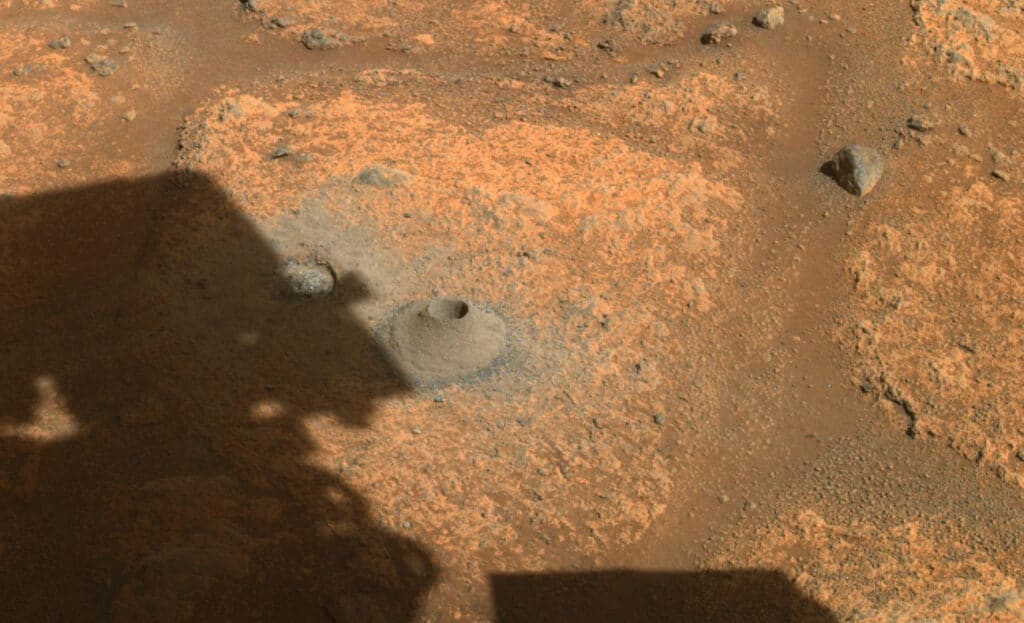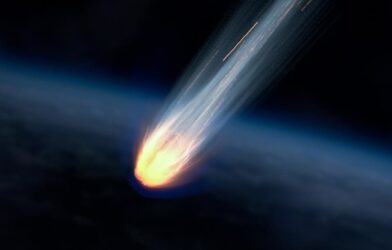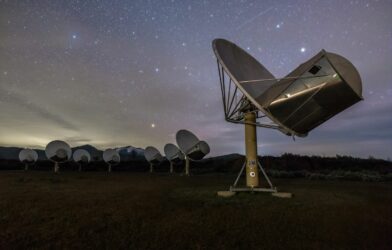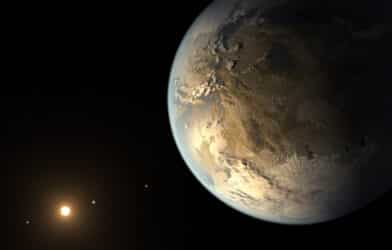In a pivotal breakthrough that stands as the “holy grail of astrobiology,” scientists have unveiled a simple, reliable test designed to detect signs of life, whether past or present, on other celestial bodies. This innovative technology, underpinned by artificial intelligence (AI), boasts a remarkable 90 percent accuracy, presenting perhaps the surest process yet for confirming extraterrestrial life.
The quest for extraterrestrial life has persisted for decades. Scientists have long known that certain simple chemicals, under the right conditions, can form complex molecules like amino acids necessary for life. However, distinguishing whether or not such complex molecules found in space are of biological origin has hampered efforts. Without this distinction, establishing the presence of life is uncertain.
‘Potential To Revolutionize Search For Extraterrestrial Life’
Jim Cleaves and Robert Hazen of the Carnegie Institution for Science led the seven-member team, sponsored by the John Templeton Foundation, through this groundbreaking exploration. Their AI-based technology could be the missing piece to the challenging puzzle. The system spots minute differences in molecular patterns in the samples using pyrolysis gas chromatography analysis, which separates and identifies a sample’s components. Those results are combined with mass spectrometry, which figures out the molecular weights of those components.
Dr. Robert Hazen, of the Carnegie Institution for Science, underscores the significance of the new method. “This routine analytical method has the potential to revolutionize the search for extraterrestrial life and deepen our understanding of both the origin and chemistry of the earliest life on Earth,” he says in a statement. “It opens the way to using smart sensors on robotic spacecraft, landers, and rovers to search for signs of life before the samples return to Earth.”
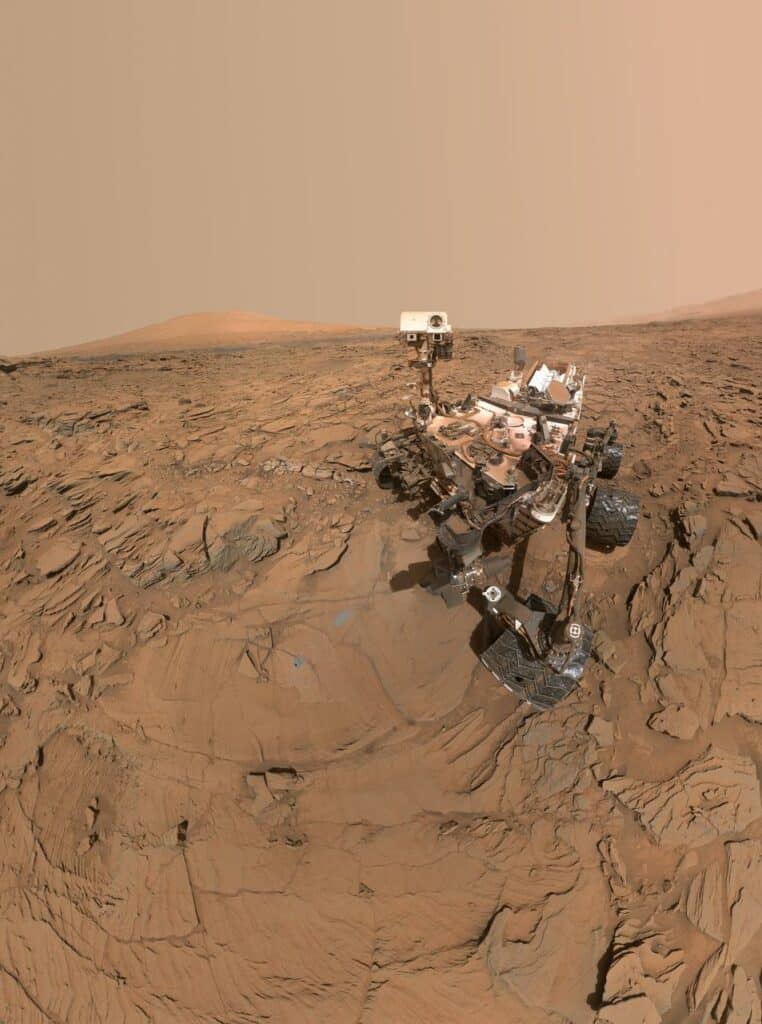
To break down the complexities, scientists analyzed 134 varied carbon-rich samples, including living cells, age-degraded samples, geologically processed fossil fuels, and carbon-rich meteorites. Using machine-learning methods, scientists used three-dimensional data from each sample to train a model that can predict the biological or non-biological nature of the sample with over 90% accuracy. This means that the AI could identify whether the sample is biotic, such as a grain of rice or human hair, or abiotic, like lab-synthesized compounds or meteorite samples.
Surprisingly, the AI could also identify a third category, distinguishing between living biotic, fossil biotic, and abiotic, enabling it to differentiate fossil samples from more recent biological samples. Dr. Hazen notes that this discovery originates from the understanding that the chemistry of life differs fundamentally from that of the inanimate world and that if “we could deduce those rules, we can use them to guide our efforts to model life’s origins or to detect subtle signs of life on other worlds.”
A Beacon of Hope for Astrobiology
This development is crucial for understanding whether Mars and ancient samples from Earth were once alive. “We can apply these methods to ancient samples from Earth and Mars, to find out if they were once alive,” adds Dr. Hazen. By establishing that biochemistry and non-biological chemistry are fundamentally different, scientists hope to discern life forms from different biospheres, and determine if life on Earth and other planets share a common origin.
Cleaves, the study’s lead author from the institute’s Earth and Planets Laboratory, agrees that the findings could immediately be applied to ongoing Mars research.
“The search for extraterrestrial life remains one of the most tantalizing endeavors in modern science,” he says, detailing three major takeaways from the study. “First, at some deep level, biochemistry differs from abiotic organic chemistry; second, we can look at Mars and ancient Earth samples to tell if they were once alive; and third, it is likely this new method could distinguish alternative biospheres from those of Earth, with significant implications for future astrobiology missions.”
Scientists say the role of AI is invaluable when dealing with hundreds of attributes, collating the information and creating highly nuanced insights. The method is not only poised to solve mysteries on Earth, like the origin of 3.5 billion-year-old black sediments from Western Australia, but also holds the potential to contribute significantly to various fields including biology, paleontology, and archaeology.
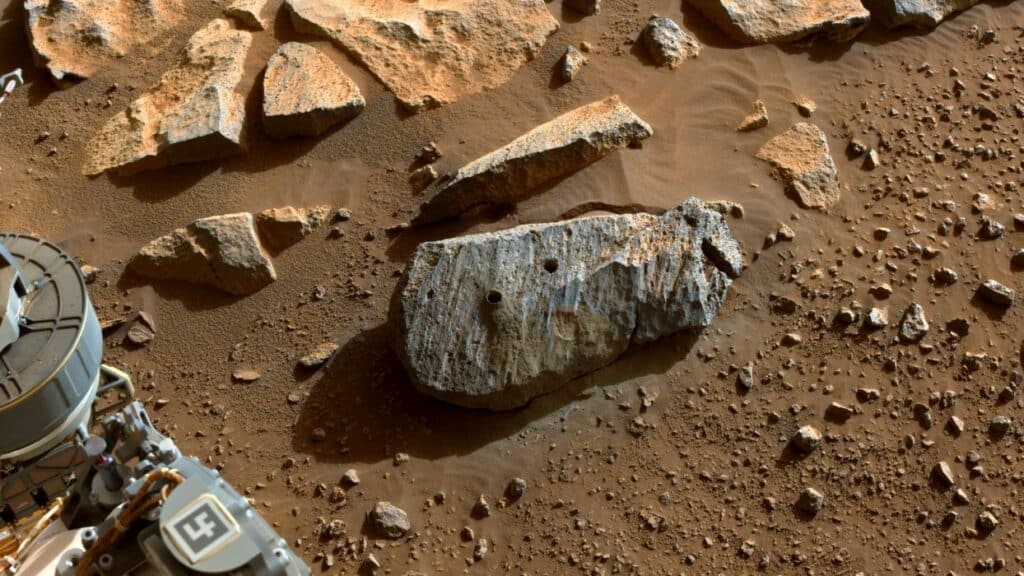
‘Just The Beginning’
This groundbreaking study has been met with widespread enthusiasm from the scientific community. Andrew H. Knoll, a professor of natural history at Harvard, says the team’s method “is a gift for astrobiologists and, quite possibly, for students of Earth’s early history as well.”
Others, like Emmanuelle J. Javaux, Head of the Early Life Traces and Evolution-Astrobiology Lab at the University of Liège, Belgium, have recognized its potential as “a new avenue of research to explore,” with the potential to be “a fantastic tool for astrobiology missions.”
Indeed, as Karen Lloyd, Professor at the University of Tennessee, Knoxville notes, the new study “identifies a path forward for using a relatively easily measured chemical signature and determining whether it is likely to be indicative of life or not,” without assuming that life outside of Earth will use the same biomolecules as life on Earth.
In essence, the integration of AI in astrobiology through this method holds promise not just for discerning life on other planets, but also for resolving heated debates concerning the oldest traces of Earth life. This study provides a pioneering approach to extracting information from complex organic mixtures and could solve some long-standing mysteries about the origins and existence of life in our universe. As Hazen concludes, “This study is just the beginning of what may become a widely useful approach to teasing out information from enigmatic organic mixtures.”
The findings are published in the peer-reviewed journal PNAS (Proceedings of the National Academy of Sciences).
